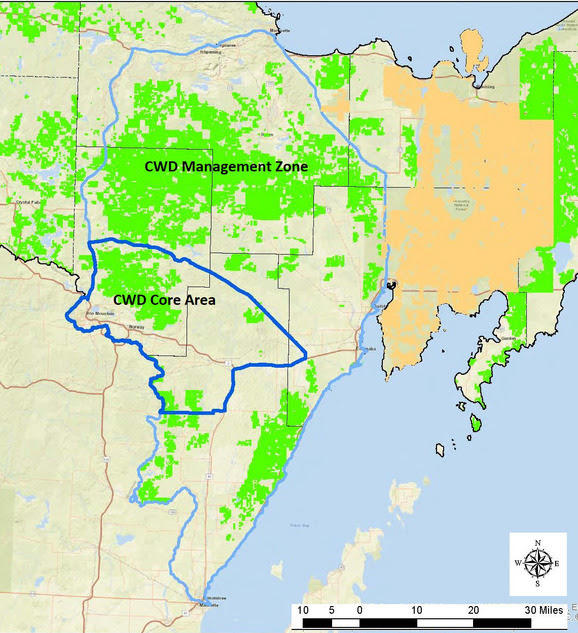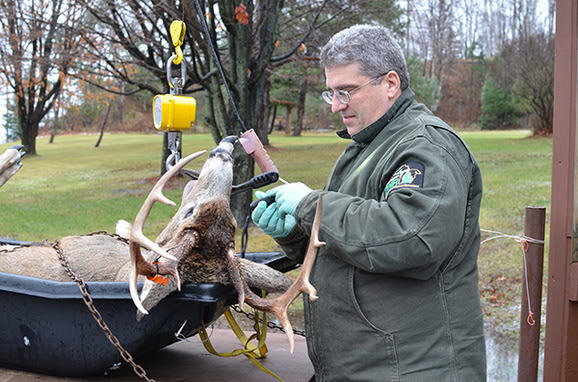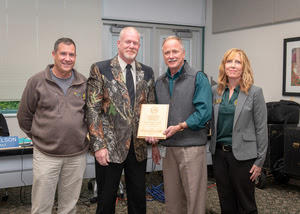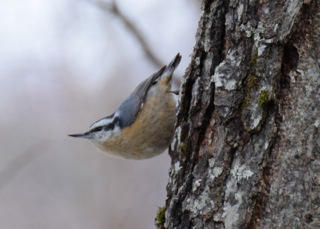By Bill Karr
Karr is Northern California Editor for Western Outdoor News (wonews,com), California’s oldest weekly news magazine.
There is a major problem, not only in California, but also across the United States, when court judges make wildlife management decisions. The reason is obvious: They are not wildlife specialists and wildlife decisions are sometimes very tough, and often contrary to what the uneducated public believes should be done.
A perfect example is the recent ruling by a U.S. federal judge to overrule Trump administration officials who were to allow a very limited grizzly bear hunt in Wyoming and Idaho because the species had recovered after being placed under the Endangered Species Act in 1975. It was going to be the first grizzly hunt in nearly 30 years, but they are now cancelled.
The decision came 10 days after a hunting guide came across a sow grizzly with her cub, was mauled and killed near Jackson, Wyoming – the area which bear hunting advocates suggested a need to reduce grizzly numbers. There is no better evidence that grizzly hunting is necessary in that region to first, keep the population in check, but more importantly, to instill fear of humans in grizzlies.
This applies to the management of mountain lions, bear, grizzly bears and all wildlife species: When there are too many of them for the habitat to maintain or they are a threat to the public, they need to be culled to a manageable level. But “killing” doesn’t sit well with the uneducated public, even if for the benefit of the species.
Judges are “tuned” to public sentiment rather than proper wildlife management decisions, which aren’t “laws” per se, but common sense wildlife management practices that are hard to explain to the layman—or the judge. In other words, judges should not make wildlife management decisions.
The Wyoming and Idaho hunts would have only resulted in the take of 23 grizzlies this fall, a tiny fraction of the population, and would have had zero impact on the overall population. Wyoming Gov. Matt Mead said this ruling supports evidence of major flaws in the Endangered Species Act (ESA) and the need for Congress to step in and make important changes.
We concur, there are definitely things about the ESA that need to be changed, but it needs to be done carefully and with expert input so the good parts of it are left intact. But, leave the final decision-making process up to the experts, not the uneducated masses, or even judges.









